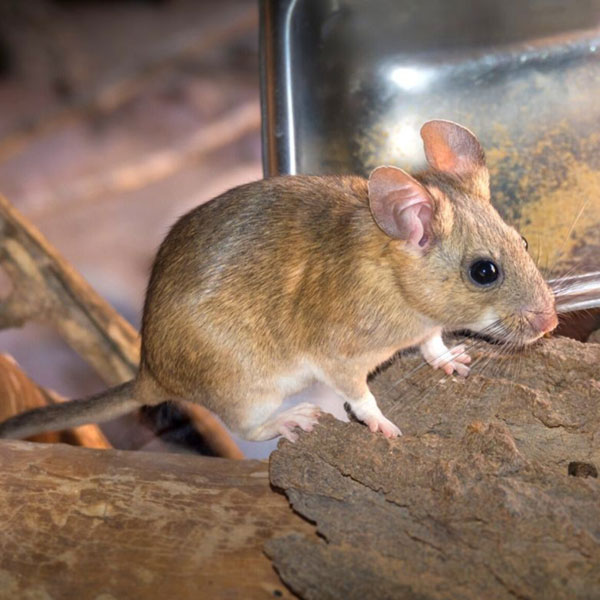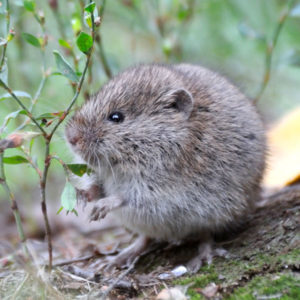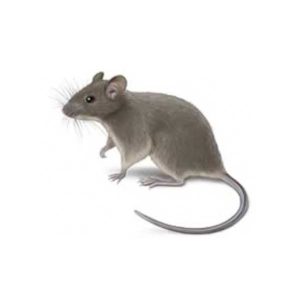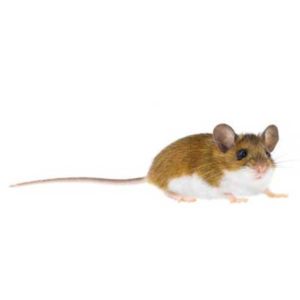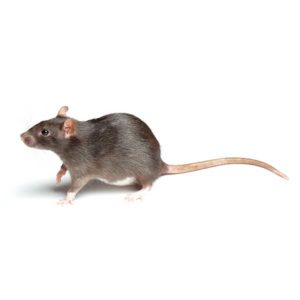Pack Rats in Salina
Pack rats are solitary, nocturnal rodents that are quite common in Salina. These rodents are best known for their attraction to shiny objects. When pack rats encounter an object they like — for example, a coin, soda can tab, or article of jewelry — they will carry it until they encounter another, more interesting object, leaving behind the old and departing with the new. This behavior also earned them the names “woodrat” and “trade rat.” Pack rats occasionally nest in buildings, feeding on available food within the structure, but most often they stay outdoors.
Pack Rat Habitat
Pack rat nests are often constructed out of sticks, cactus, and other organic debris. They will also forego constructing their own in favor of taking over another animal’s home. They are excellent climbers and may find their way into attics, spaces between walls, and rock overhangs. Once inside, pack rats tenaciously gnaw and destroy property at an amazing rate. Their diet consists mostly of green vegetation, twigs, seeds, fruits, acorns, and cactus.
Pack Rat Behaviors, Threats, or Dangers
Pack rats can be a significant vector in disease transmission as well as parasites such as fleas. When they get inside homes, they like to shred mattresses and upholstered furniture for lining nests. If you are having an issue with pack rats, it is best to consult a professional rodent control company.

